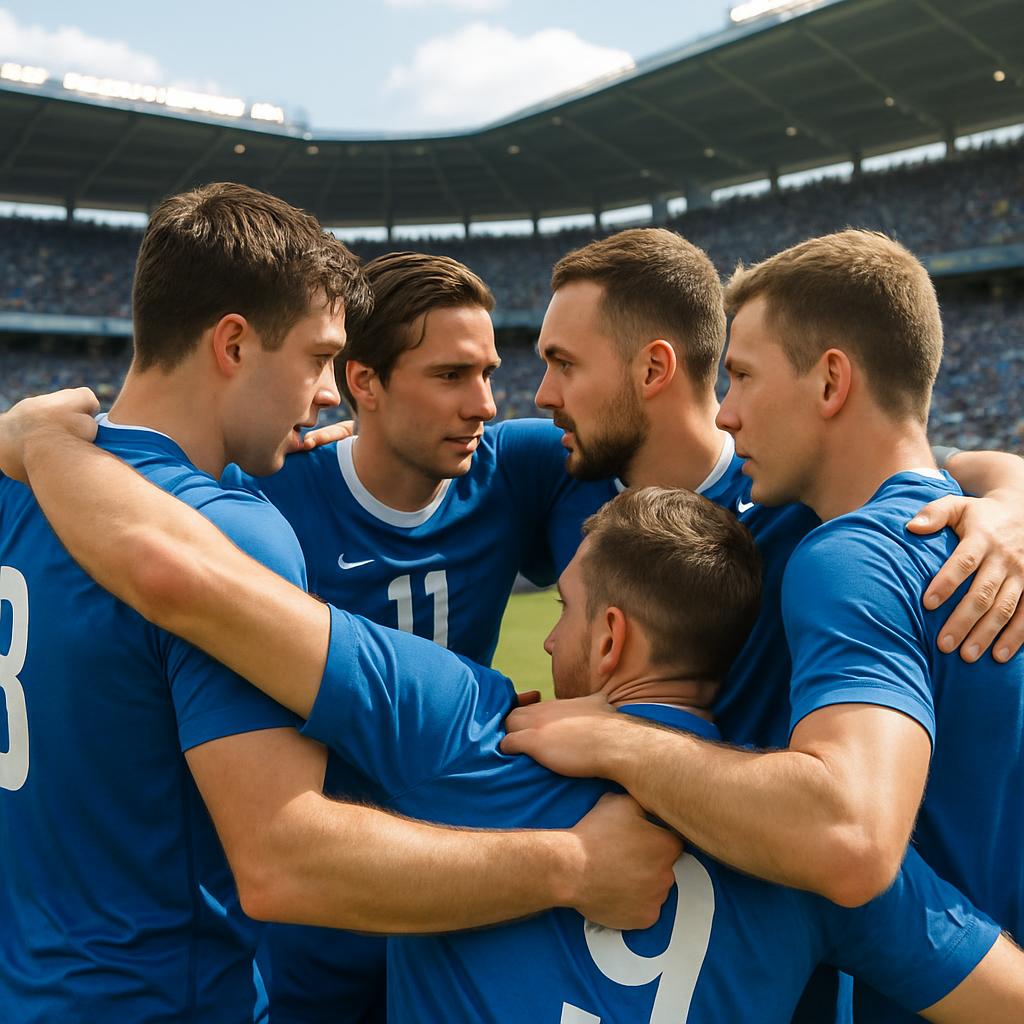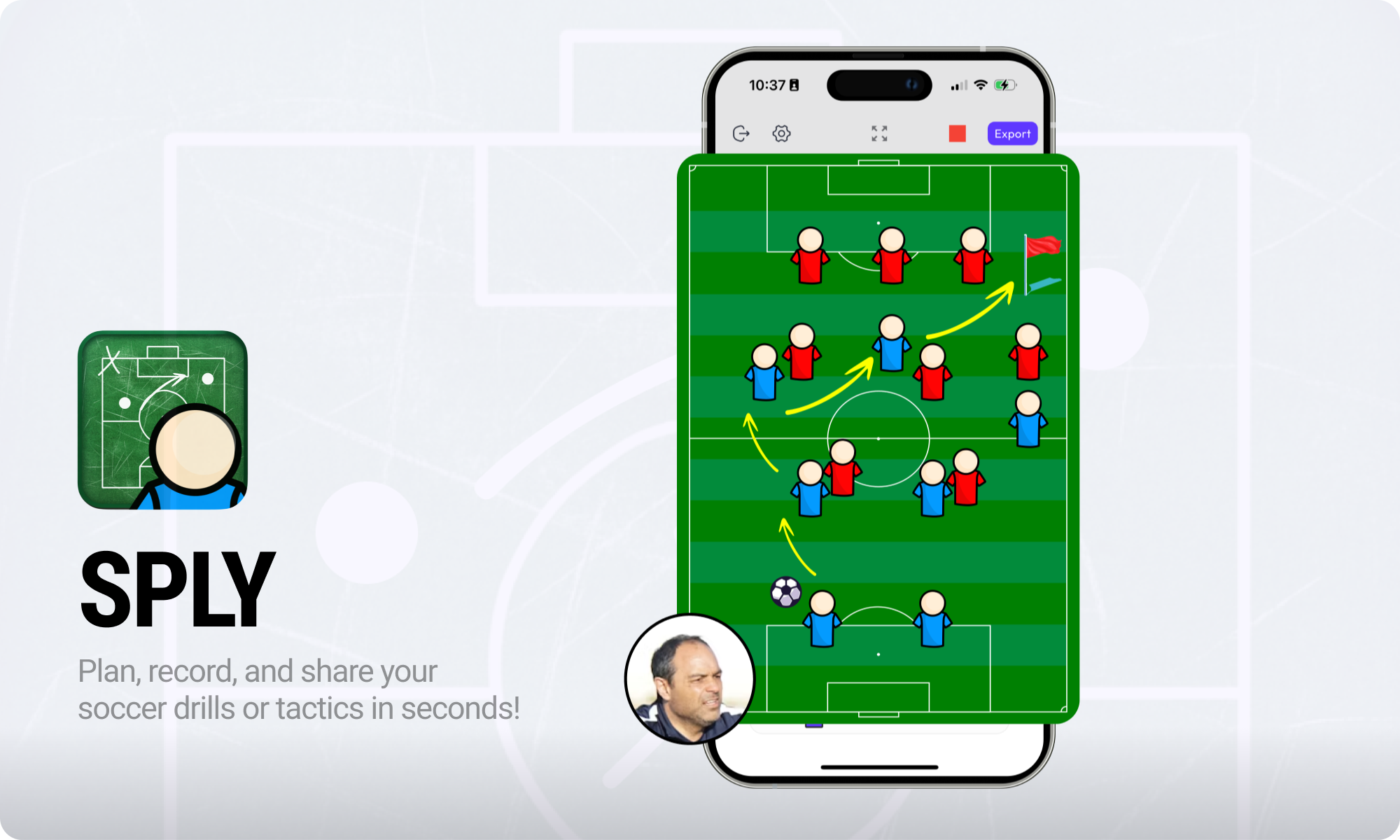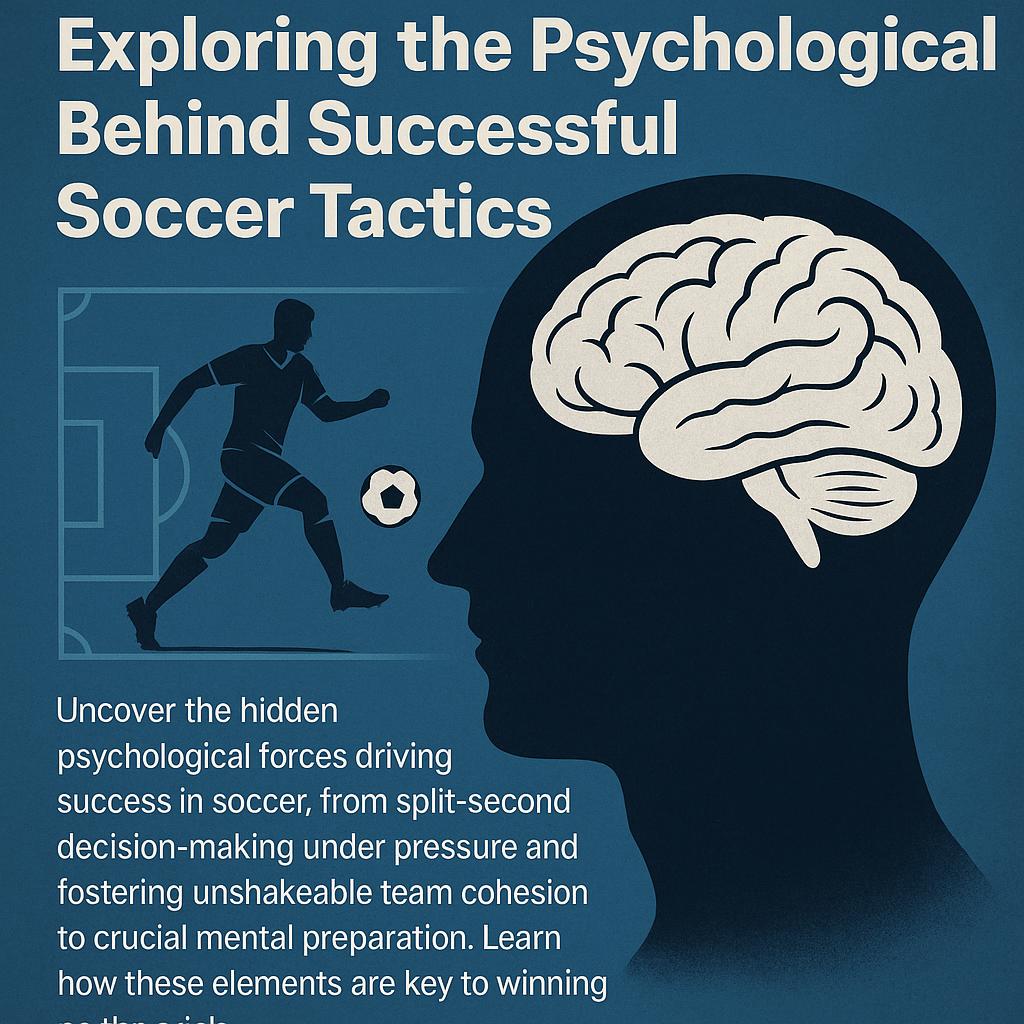Soccer is often perceived as a game of physical prowess and technical skill. However, beneath the surface of dazzling dribbles and powerful shots lies a profound psychological battle. The success of a soccer team hinges significantly on the mental fortitude, collective understanding, and individual decision-making of its players. Understanding these psychological underpinnings can offer a deeper appreciation of the beautiful game.
Decision-Making Under Pressure
In the fast-paced world of soccer, players must make split-second decisions that can alter the course of a match. Imagine a midfielder receiving the ball in a crowded central area. They need to instantly process multiple pieces of information, the position of teammates, the location of opponents, the space available, and the tactical plan. This rapid assessment is crucial for choosing whether to pass, dribble, or shoot.
Decision-making under pressure is a core psychological skill. Players often rely on pattern recognition and instinct, honed through countless hours of training and experience. Elite players exhibit a superior ability to filter out distractions and focus on relevant cues, allowing them to make optimal choices even when fatigued or facing aggressive pressure. For instance, a defender might decide to clear the ball out of bounds rather than risk a turnover in a dangerous area, prioritizing safety over an ambitious pass. This isn't just about physical execution, it is about the mental calculation that precedes it. Coaches often use drills that simulate game-like pressure, forcing players to make quick decisions, thereby improving their cognitive processing speed on the field.

The Power of Team Cohesion
Beyond individual brilliance, soccer is a team sport, and a cohesive unit almost always outperforms a collection of talented individuals. Team cohesion refers to the bonds that link players to each other and to the team as a whole. This includes task cohesion, focusing on shared goals and strategies, and social cohesion, reflecting the interpersonal attraction among team members. When a team is highly cohesive, communication flows seamlessly, trust is inherent, and players understand their roles within the collective structure.

Consider the defensive line of a top team, they move in sync, anticipating each other's actions. This fluid movement is a direct result of strong cohesion, where each player trusts their teammates to cover their assigned zones. A study published in the Journal of Sports Sciences found that higher levels of team cohesion are positively correlated with team performance outcomes in soccer. Coaches foster cohesion through team-building exercises, clear communication of tactical roles, and promoting an environment of mutual respect. When players understand the game plan and how their individual actions contribute to the team's success, they are more likely to work together effectively. Imagine the fluidity of Barcelona's tiki-taka style, it relied heavily on every player understanding the next pass, the next movement, a testament to deep tactical and social cohesion.
Mental Preparation for Peak Performance
Success in soccer is not just about what happens on the field, it is also about what happens in the mind leading up to the game. Mental preparation is a critical component of peak performance, helping players manage anxiety, build confidence, and maintain focus. Techniques such as visualization, mindfulness, and goal setting are often employed by professional athletes.
Visualization involves mentally rehearsing specific plays, movements, or even entire game scenarios. A striker might visualize scoring a goal from a particular angle, strengthening their neural pathways and boosting their confidence for that situation during a match. Mindfulness practices, like focused breathing, help players stay present and manage pre-game jitters or in-game distractions. Furthermore, setting clear, achievable goals, both individual and team-based, provides direction and motivation. For example, before a big match, players might focus on specific defensive responsibilities or attacking patterns. Coaches can integrate mental skills training into their regular routines, teaching players coping mechanisms for pressure situations. Providing clear, visual tactical instructions can also significantly aid in mental preparation, helping players internalize strategies and their roles more effectively.
Leveraging Technology for Tactical Psychology
Modern technology offers powerful tools to enhance the psychological aspects of soccer. For instance, applications like SPLY, available on iOS, serve as a video soccer coach board. They allow coaches to create, edit, and share tactical boards with ease. This visual clarity directly supports improved decision-making by making complex strategies simple to understand for every player. When players can see and review drills, it reinforces their tactical knowledge and reduces uncertainty, crucial for performing under pressure.

SPLY also enables coaches to create video explanations, adding their face and voice to board videos while drawing or moving elements. This personalized instruction fosters stronger team cohesion by ensuring everyone receives the same, clear message, building a shared mental model of the game. Such tools help bridge the gap between abstract tactical concepts and concrete understanding, making mental preparation more effective and accessible for all players.
Conclusion
The psychology behind successful soccer tactics is a multifaceted domain, encompassing individual decision-making, team cohesion, and robust mental preparation. These elements are not just supplementary to physical training, they are integral to a team's ability to perform at its highest level. By understanding and nurturing these psychological dimensions, coaches can empower their players to excel, not just physically, but mentally. Ultimately, the best teams are those that master both the physical and psychological demands of the beautiful game. Explore how comprehensive tools can enhance your team's tactical understanding and mental readiness, paving the way for greater success on the field.
